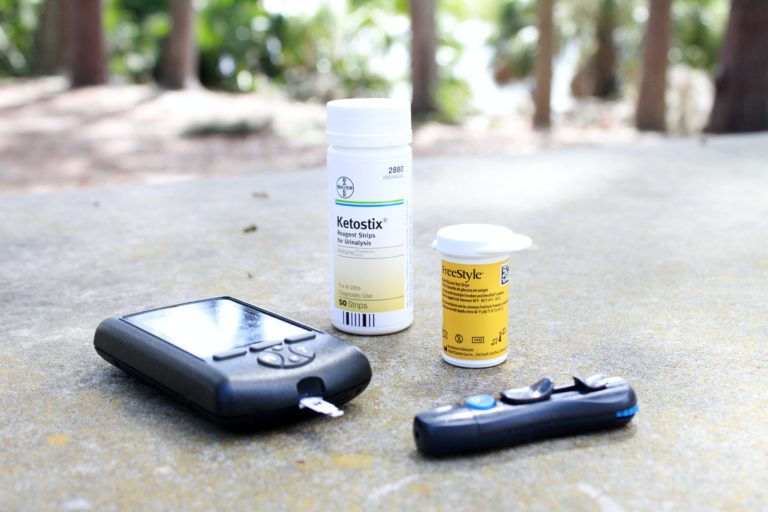Chances are you got your home insurance policy when you bought your home and you haven’t really thought about it since then. The thing is, you should review your policy each time there’s a change in your lifestyle or home. Doing this could help you save hundreds, if not thousands, of dollars over time. Further, reviewing your policy will also ensure that you have adequate coverage at all times. Here’s a look into 5 situations when you might want to update your coverage.
- You’ve Recently Renovated Your Home: If you’ve added a new bedroom, built a pool in the backyard, or completed a similar large remodeling job, you should let your insurer know about this. Keep in mind that the value of your home could have increased after the renovation, making it more expensive to rebuild if a disaster happens to destroy your home. So, you’ll likely need to increase your coverage after the remodeling job.
- You’ve Purchased Valuables: If you’ve recently purchased big-ticket items like artwork, furs, electronics, or jewelry, you’ll need to let your insurance company know. The insurance company can increase your coverage so the policy covers the value of these items.
- You’ve Retired: Given that retired people spend more time at home, their homes are less likely to be broken into, thus reducing the risk taken on by the insurance. So, if you’ve recently retired, make sure to let the insurance company know about this. Many insurers offer discounts of up to 10% to retirees, provided they are over 55 years of age.
- You’ve Installed Security Equipment: If you installed security equipment like an alarm system in your home, informing the insurance company about this could help you get a discount since it makes it less likely for thieves to break into your home. You could secure a discount of up 5% a year by installing security equipment in your home.
- You’ve Quit Smoking: In addition to being great for your health, ditching nicotine could also help you save money on your homeowner’s insurance policy. Most insurance companies reduce premiums by a bit if you don’t smoke. Insurers usually consider smokers riskier to insure since there is a higher risk of a fire destroying your home if you smoke.









